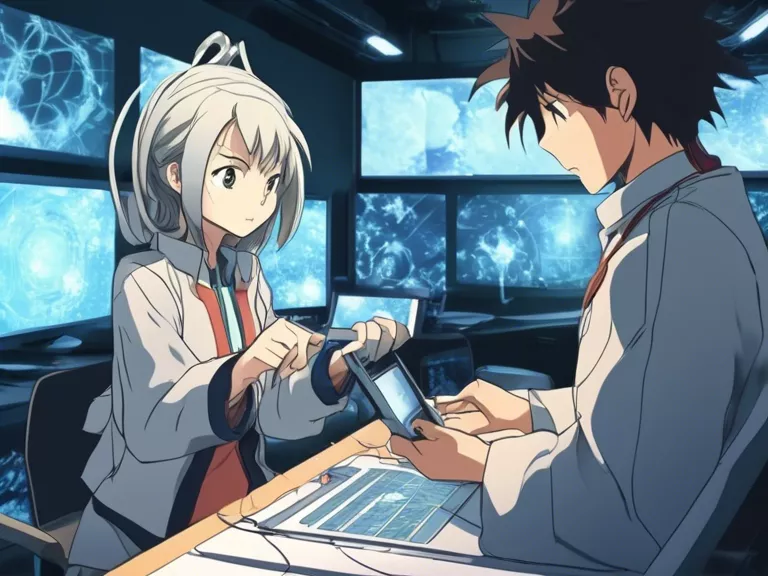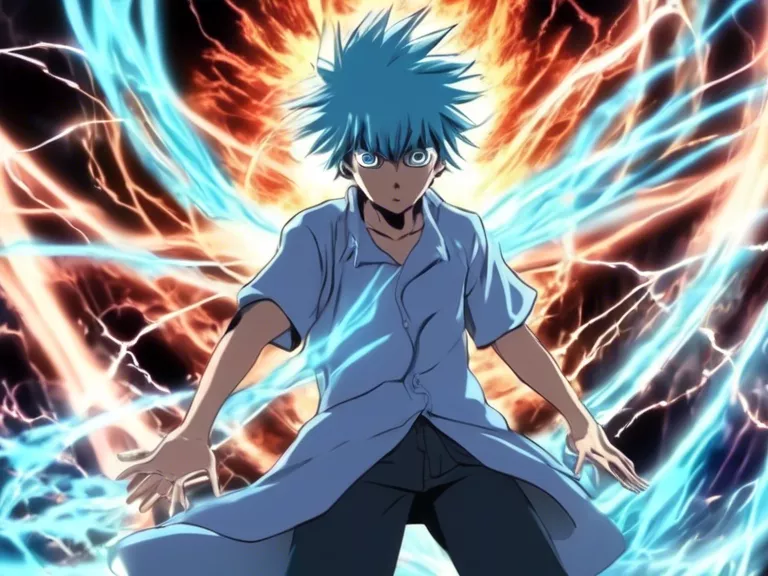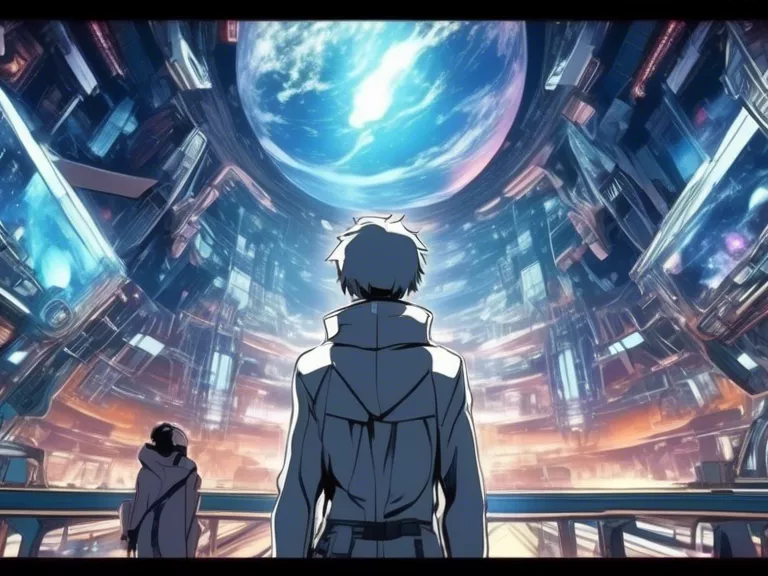
Introduction
Anime, a form of Japanese animation, has captivated audiences worldwide with its diverse storytelling, unique art styles, and compelling characters. While anime is primarily known for its creative narratives and visual aesthetics, technology also plays a crucial role in shaping the industry. In this article, we will explore how science and technology intersect with the world of anime, influencing the creative process and enhancing the viewer experience.
Evolution of Animation Technology
Over the years, advances in technology have revolutionized the way anime is produced. Traditional hand-drawn animation has given way to digital tools and software that streamline the animation process and allow for greater precision and efficiency. Computer-generated imagery (CGI) has become increasingly prevalent in anime, enabling studios to create stunning visual effects and intricate details that were once impossible to achieve.
Digital Tools and Software in Anime Production
Modern anime studios rely on a variety of digital tools and software to bring their creations to life. Software packages like Adobe Creative Suite, Toon Boom Harmony, and Autodesk Maya are commonly used for tasks such as character design, animation, and compositing. These tools offer animators greater flexibility and control over their work, resulting in more polished and visually appealing anime.
Virtual Reality and Immersive Experiences
The integration of virtual reality (VR) technology in anime has opened up new possibilities for immersive storytelling. VR headsets allow viewers to step into the world of their favorite anime, experiencing the narrative from a first-person perspective. This technology enhances the sense of immersion and engagement, creating a more interactive viewing experience for fans.
Artificial Intelligence in Anime Production
Artificial intelligence (AI) is also making its mark on the anime industry, particularly in the realm of character creation and animation. AI algorithms can analyze existing character designs and animation sequences to generate new, original content. This technology streamlines the production process and helps animators explore innovative ideas and styles.
Future Trends and Innovations
As technology continues to advance, the future of anime holds exciting possibilities. Augmented reality (AR) integration, holographic displays, and real-time animation tools are just a few of the innovations that could shape the next generation of anime. These technologies have the potential to revolutionize storytelling, pushing the boundaries of creativity and immersing viewers in rich, dynamic worlds.
Conclusion
Anime and technology are intrinsically linked, with science playing a pivotal role in shaping the creative storytelling process. From digital tools and software to virtual reality and artificial intelligence, technological advancements have enhanced the production quality and viewer experience of anime. As the industry continues to evolve, we can expect to see further innovations that push the boundaries of storytelling and transform the way we engage with this beloved art form.

